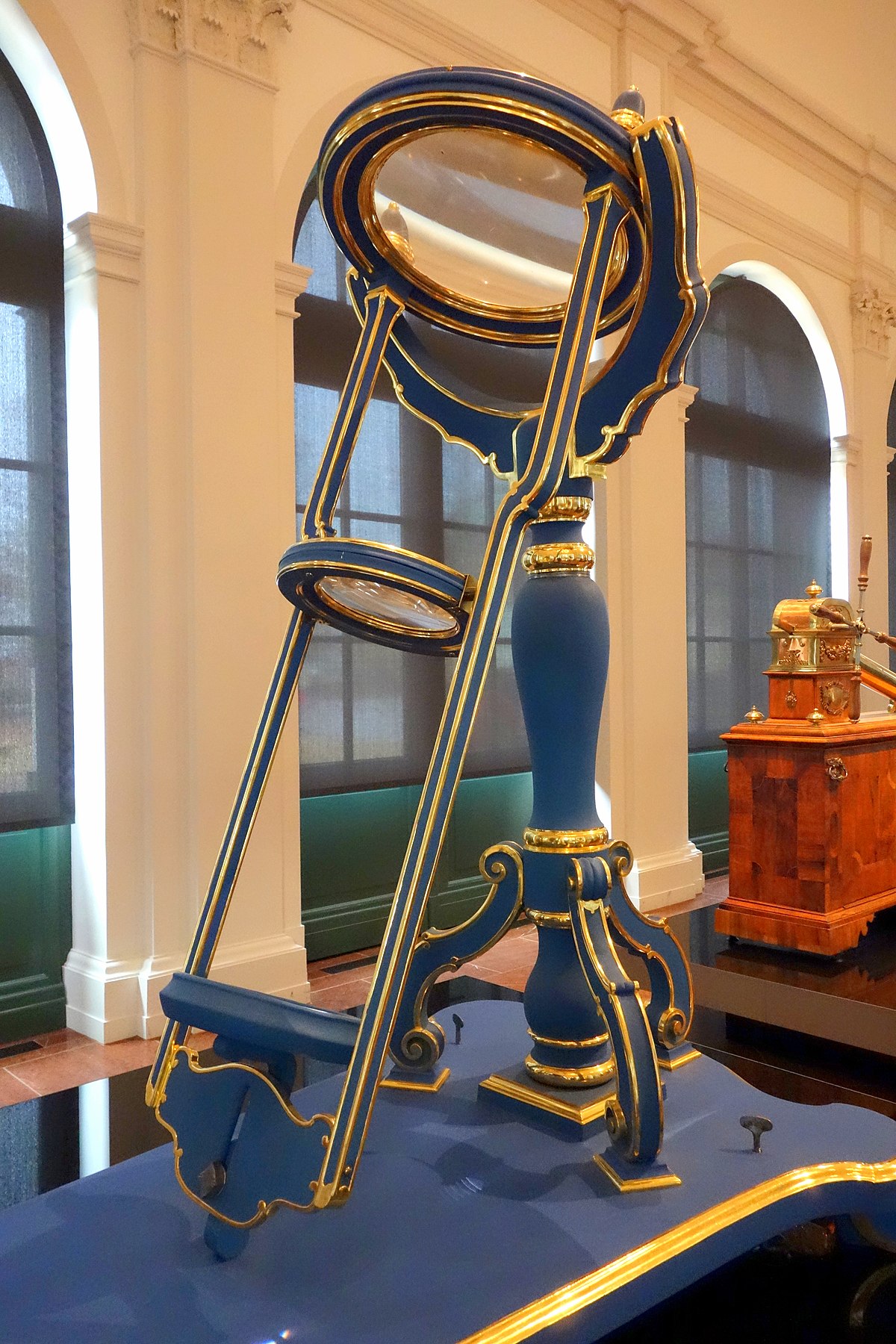I have an optics question. Maybe @Chris A Hardaway can help out here. How is the base curve defined and what is its unit?
My first thought was: it must be the radius of a sphere, like so: 
CC BY-SA 4.0: Radius of curvature - Wikipedia
This article supports that for contact lenses at least (BCOR): Base curve radius - Wikipedia . That would mean though: the bigger the base curve radius, the flatter the curvature and vice versa.
Now, for (sunglass) lenses (?) the definition seems to be different - the bigger the base curve, the bigger the curvature (wrap).

Quite confusing. The base curve definition in this case can't be the base curve radius or the opening angle (as shown above). It could be something like the inverse.
Can you shine some light on my little pea brain, Chris (or somebody else with optics knowledge)? - Thanks!
My first thought was: it must be the radius of a sphere, like so:
CC BY-SA 4.0: Radius of curvature - Wikipedia
This article supports that for contact lenses at least (BCOR): Base curve radius - Wikipedia . That would mean though: the bigger the base curve radius, the flatter the curvature and vice versa.
Now, for (sunglass) lenses (?) the definition seems to be different - the bigger the base curve, the bigger the curvature (wrap).
Quite confusing. The base curve definition in this case can't be the base curve radius or the opening angle (as shown above). It could be something like the inverse.
Can you shine some light on my little pea brain, Chris (or somebody else with optics knowledge)? - Thanks!


